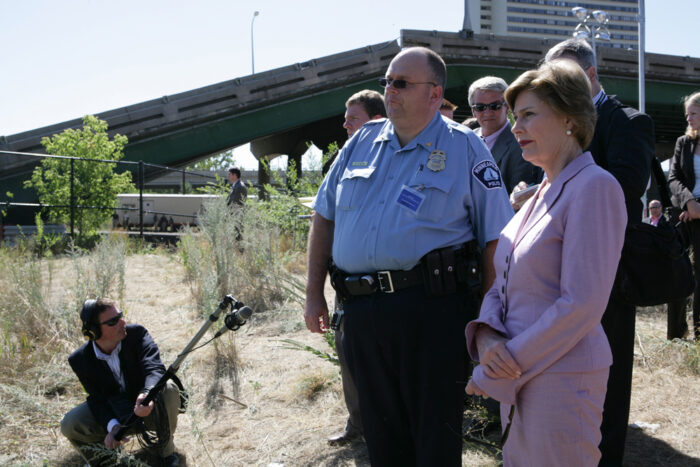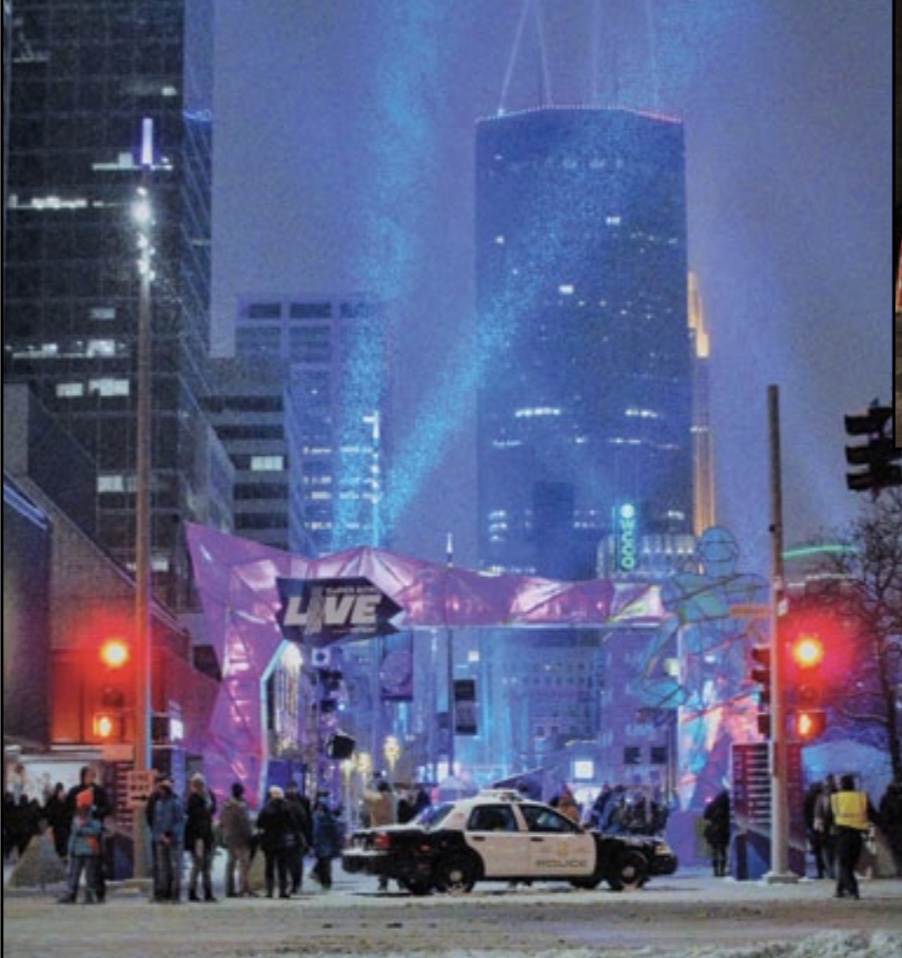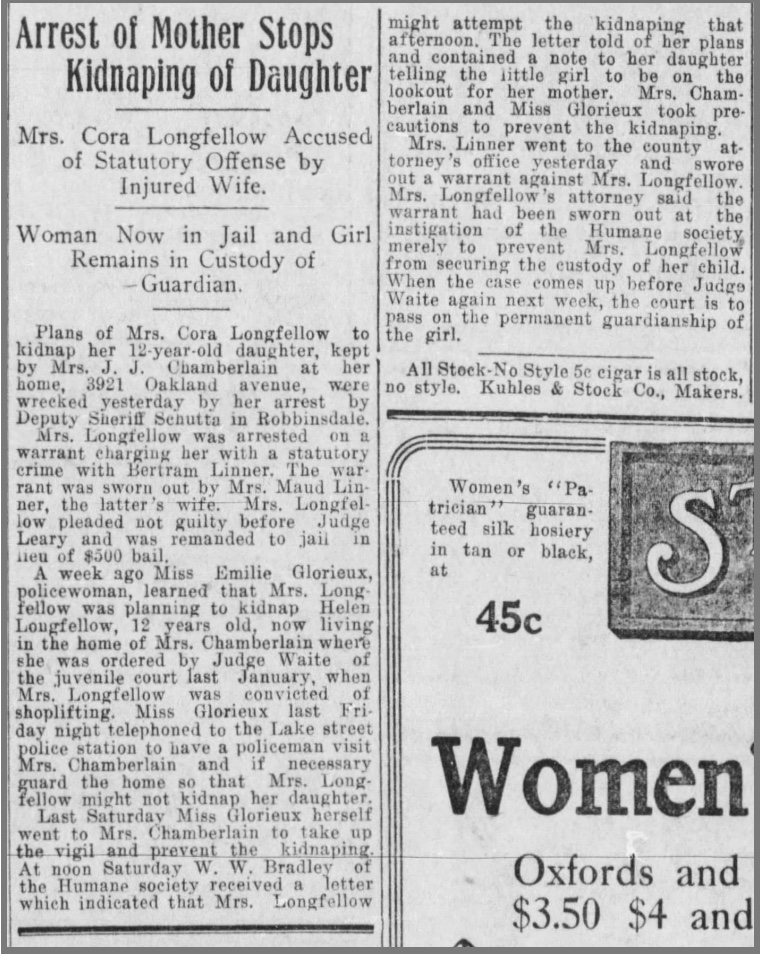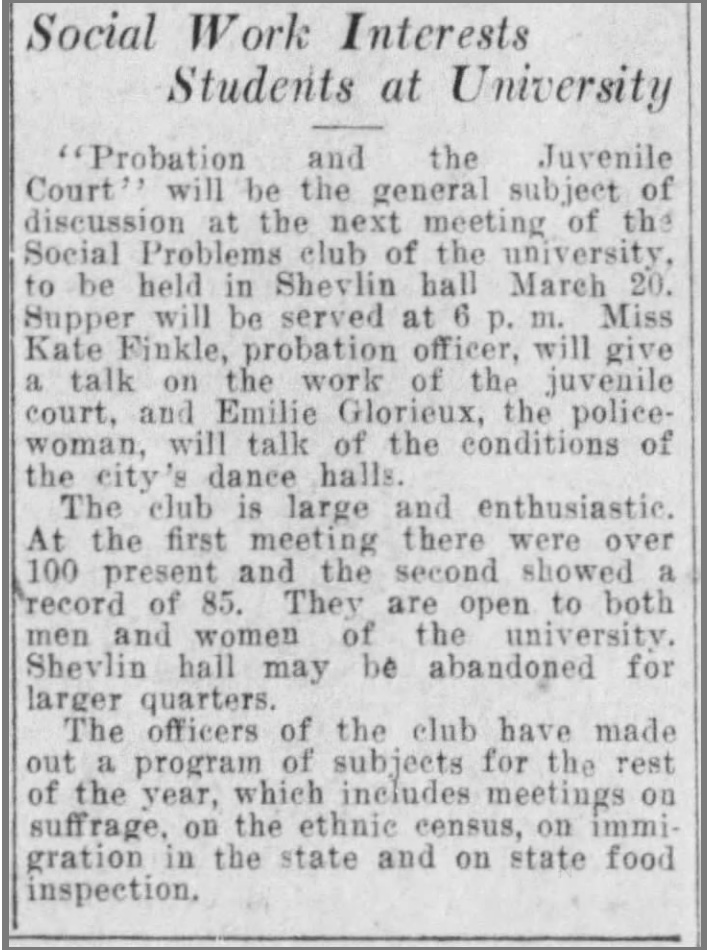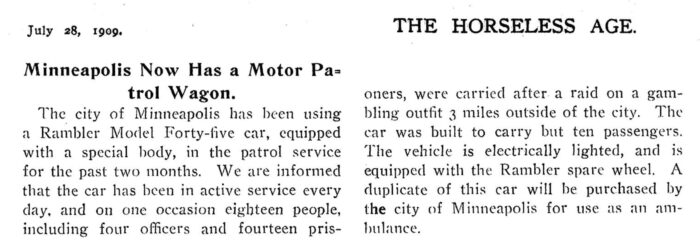For more than one year, Chief Frank Brunskill had studied trends in police departments across the nation before a reorganized Policewomen’s Bureau launched in January of 1928.
At the head of the newly-reorganized Policewomen’s Bureau was Lieutenant Blanche Jones.
At its center were: Etta Tollefson who had been appointed Policewoman on July 20, 1914; Georgianna Sharrott who had been appointed Policewoman on November 11, 1914; Minnie Staples, who had been appointed Policewoman on April 2, 1914; and Florence Riel, a civilian clerk.
Chief Brunskill had partnered with district court judges and social service workers to influence the city to add money to the police budget to hire four additional Policewomen. While Lieutenant Jones and Officers Tollefson, Sharrott, and Staples worked through cases at the courthouse, the four new Policewomen patrolled department stores, dance halls, cafes and other places where young girls and boys congregated.
An interesting glimpse into the life of Policewoman Minnie Staples shows that her late husband, John D. Staples, was a Detective with the Minneapolis Police Department.

Detective Staples had been appointed to the department on January 26 1911. He served first as a Probation Officer in the Municipal Court. On January 1, 1915, he was made a Plainclothes Sergeant and then was promoted to the rank of Detective on August 16, 1916. He held that rank for the majority of his career. For a short time in 1923, Detective Staples served as Captain of the North Side Station.
Detective Staples retired on September 1, 1931. Sadly, only 9 days later while enjoying a rest up at his camp on Hungry Jack Lake north of Grand Marais, Detective Staples passed away from a heart attack. Detective Staples held four citations for meritorious work on the force.
Policewoman Minnie Staples continued her career with the Minneapolis Police Department well into the mid-1940s and it is believed that her work gave her a sense of purpose after the death of her husband.
Photograph of Minneapolis Policewomen from the Minneapolis Tribune of January 22, 1928
Photograph of Detective John Staples from the Minneapolis Tribune of September 10, 1931


